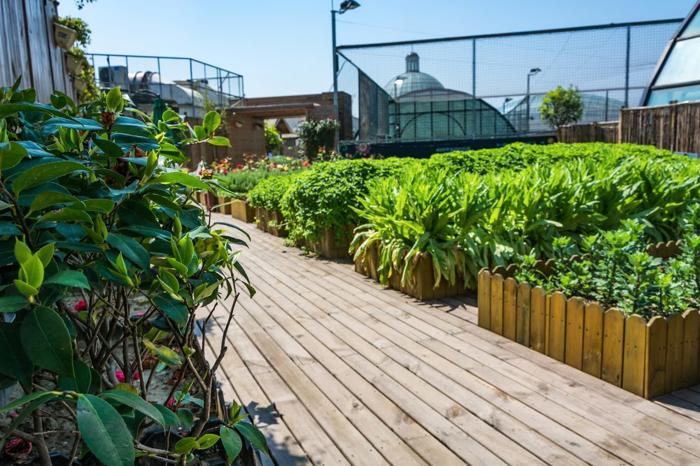How to Cultivate a Sustainable Urban Garden
A Comprehensive Guide to Cultivating a Sustainable Urban Garden

Frequently Asked Questions
Cultivating a sustainable urban garden improves air quality, supports biodiversity, provides fresh produce, reduces waste through composting, and fosters community connections.
You can start gardening in a small urban space by utilizing vertical gardening techniques, choosing container plants that fit your balcony or rooftop, and selecting low-maintenance, high-yield plants.
Step by Step Guide
1
Assess Your Space
Begin by evaluating the area where you wish to create your urban garden. Take note of sunlight exposure, available space, and access to water. Consider whether you’ll be using rooftop, balcony, or ground-level plots. Understanding your space is crucial for selecting the right plants.
2
Choose the Right Plants
Select native and climate-appropriate plants that thrive in your area. Edibles like herbs, vegetables, and fruits can be prioritized for a sustainable garden. Look for plants that are drought-resistant and require minimal maintenance. This fosters biodiversity and supports local ecosystems.
3
Create a Compost System
Begin composting to recycle kitchen scraps and yard waste, creating rich organic matter for your garden beds. Use a compost bin or a simple pile method, ensuring a balance of greens (nitrogen-rich materials) and browns (carbon-rich materials). This reduces waste and enhances soil quality.
4
Plan Your Garden Layout
Design your garden layout carefully, considering companion planting strategies to maximize space and boost plant health. Utilize vertical gardening techniques if space is small. You might also want to plant flowers that attract pollinators alongside your edible plants.
5
Ensure Sustainable Watering Practices
Consider installing a rain barrel to collect rainwater, which can be used for irrigation. Aim to water plants early in the morning or late in the evening to minimize evaporation. Implement drip irrigation for efficiency and to ensure your garden receives adequate moisture.
6
Use Organic Pest Management Techniques
Promote a healthy garden ecosystem by employing organic pest control methods. Introduce beneficial insects, such as ladybugs or lacewings, which feast on harmful pests. Use barriers, traps, and natural repellents to minimize pest impacts without the use of harmful chemicals.
7
Implement Mulching Techniques
Apply a layer of organic mulch, such as wood chips or straw, around your plants. This conserves moisture, suppresses weeds, and enriches the soil as it decomposes. Mulching improves soil health and holds nutrients, minimizing the need for additional fertilizers.
8
Create a Pollinator Friendly Environment
Plant a diverse range of flowers that bloom at different times of the year to attract pollinators like bees and butterflies. Avoid using synthetic pesticides to create a safe haven for these vital creatures, supporting a healthier garden ecosystem.
9
Regular Maintenance and Monitoring
Perform regular checks on your plants for signs of pests or disease. Water, prune, and harvest as needed. A sustainable garden requires ongoing maintenance, so develop a routine to ensure your plants remain healthy and productive.
10
Engage with Your Community
Share your knowledge and produce with your neighbors to foster community connections. Join local gardening groups or community gardens, which can provide support, exchange crops, and enhance the community’s green space collectively.








